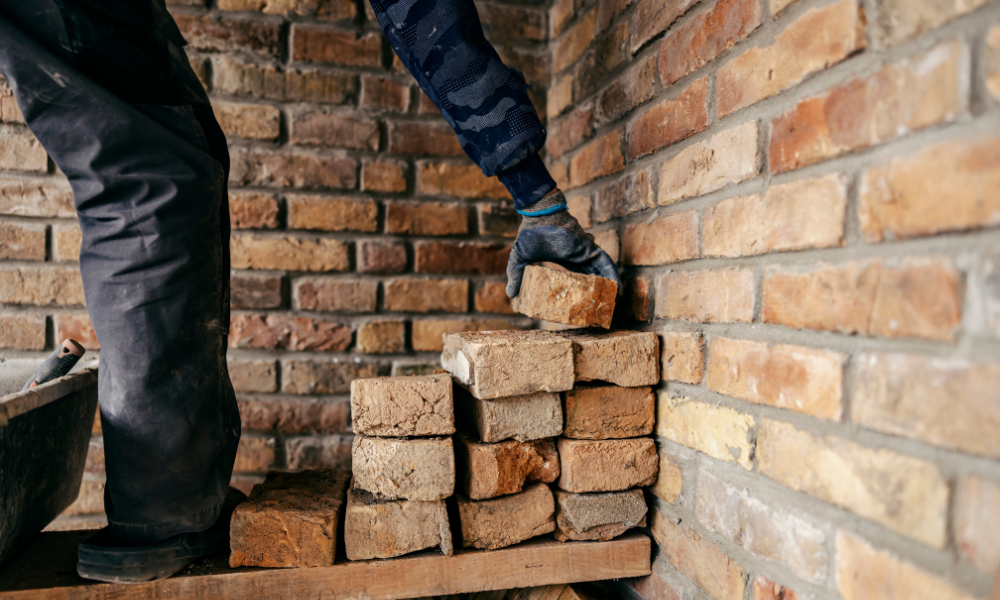'We're in one right now': Industry CEO on the storm facing homebuilders

Canada’s homebuilding sector is navigating a delicate recovery, challenged by rising costs, global trade tensions and a persistent labour shortage, according to Canadian Home Builders’ Association (CHBA) CEO Kevin Lee.
In an interview with The Globe and Mail, Lee described a sector that began 2025 with optimism following a difficult 2024 marked by uneven regional performance and high interest rates. While provinces such as Alberta and Quebec saw gains, housing starts declined significantly in Ontario and British Columbia—two provinces facing some of the country’s greatest housing demand.
Lee noted that early signs of improvement in 2025 were soon overshadowed by uncertainty tied to renewed trade tensions stemming from the United States. “You layer in the fear of tariffs,” he said, “and sales completely dried up.” In February, home sales in the Greater Toronto Area fell by 28.5% month over month, the worst level since the 2008 financial crisis.
Tariff uncertainty stalls optimism
The potential for new American tariffs under former president Donald Trump, combined with possible retaliatory Canadian measures, has rattled builder confidence. Lee said that while direct costs from US tariffs are limited, Canadian counter-tariffs on construction materials could significantly raise expenses. “[If] they’re at 25%, then those construction materials would go up by 25%,” he said.
The homebuilding sector, which employs 880,000 Canadians and contributed $182 billion to the economy last year, is especially vulnerable during economic downturns. As Lee put it, “We’re an industry that’s built to weather the storm—and we’re in one right now.”
Policy barriers slow new construction
He also pointed to policy barriers that prevent faster recovery. Long permitting timelines—averaging 29 months in Toronto—and soaring development charges in large cities hinder new construction. In contrast, Edmonton, with average development charges around $22,000, has seen relative success.
Despite recent federal initiatives to support affordability—such as easing mortgage rules and extending amortization periods—Lee warned that broader reforms are still needed. These include adjusting the stress test and restructuring how infrastructure is funded to reduce the burden on new homebuyers.
Labour challenges and innovative housing
Another key challenge is labour. With 22% of the workforce set to retire in the next decade, the industry must recruit roughly 130,000 new workers to maintain output. Immigration policies and vocational education reforms, Lee suggested, must adapt to fill critical gaps in skilled trades.
While Lee believes in the promise of prefabricated and factory-built housing, he acknowledged such methods are not cheaper and require substantial upfront investment. “We need to create a better environment where people can afford and buy more houses,” he said, “[and] then de-risk the investments.”
Lee noted that other countries are facing similar challenges in terms of their housing market. He highlighted the importance of investing in infrastructure and transit to create new opportunities that could enable affordable housing.
What are your thoughts on the current situation of the Canadian housing market? Share your insights in the comments below.



